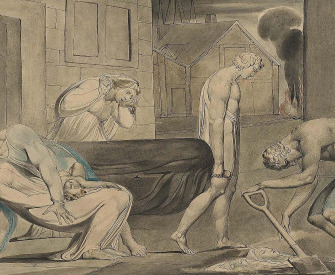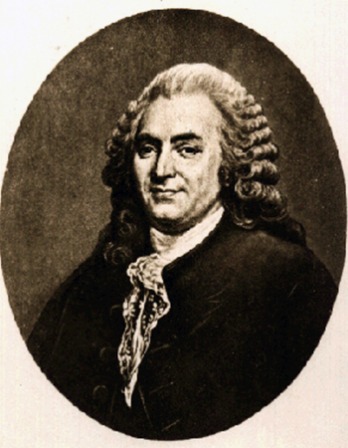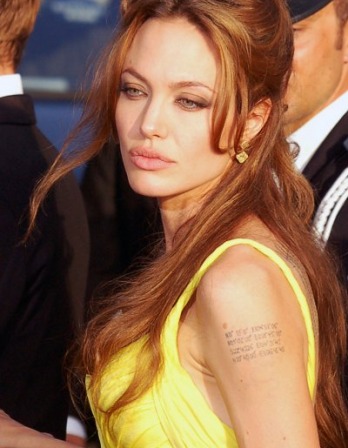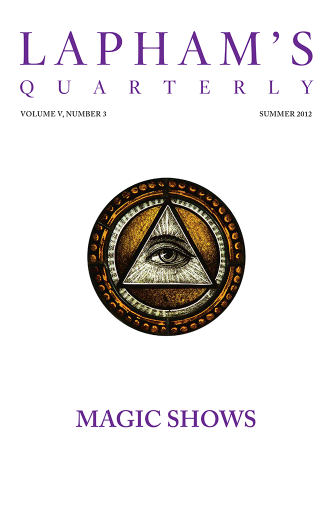If you wish to represent a deluge, first let there be presented the summit of a rugged mountain with valleys that surround its base, and on its sides let the surface of the soil be seen to slide together with the little roots of small shrubs, and leaving bare a great portion of the surrounding rocks.
Descending in devastation from these precipices, let it pursue its headlong course, striking and laying bare the twisted and gnarled roots of the great trees, overturning them in ruin. Let the mountains, as they become bare, reveal the deep fissures made in them by ancient earthquakes. Let the bases of the mountains be in great part covered and clad with debris of shrubs that have fallen from the sides of the lofty mountain peaks; and let these be mingled with mud, roots, branches of trees with different kinds of leaves thrust in among the mud and earth and stones. And let the fragments of some of the mountains descend into the depth of some valley and there form a bank to the swollen waters of its river, which having already burst its banks, is rushing on with enormous waves, striking and destroying the walls of the cities and farms of the valley.
Let a great number of inhabitants, men and animals of all kinds, be seen driven by the rising deluge toward the peaks of the mountains that border on these waters. And the waters that cover the fields with their waves are in great part strewn with tables, bedsteads, boats, and various other contrivances improvised through necessity and fear of death, on which are women and men with their children uttering lamentations and cries terrified by the fury of the winds that are causing the waters to roll over and over in mighty hurricane, bearing with them the bodies of the drowned. Nor was there any object lighter than the water but was covered with different animals who had made a truce and stood together in terror, among them being wolves, foxes, snakes, and creatures of every kind—fugitives from death. And all the waves that beat against their sides were striking them with blows from various bodies of the drowned, blows that killed those in whom life remained.
You might see groups of men with weapons in their hands defending the small spots that remained to them from the lions, wolves, and beasts of prey which sought safety there. Ah, what dreadful screams were heard in the dark air rent by the fury of the thunder and the lightning it flashed forth that darted through the clouds bearing ruin and striking down all that withstood its course! Ah, you might see many stopping their ears with their hands in order to shut out the tremendous sounds made in the darkened air by the fury of the winds mingling with the rain, the thunders of heaven, and the fury of the thunderbolts! Others, not content to shut their eyes, laid their hands over them, one above the other to cover them more securely in order not to see the pitiless slaughter of the human race by the wrath of God. Ah, how many laments! How many in their terror flung themselves from the rocks! Huge branches of great oaks loaded with men were seen borne through the air by the impetuous fury of the winds. How many boats were capsized, some whole, others broken in pieces with people on them laboring to escape with gestures and actions of grief foretelling a fearful death! Others with gestures of despair were taking their own lives, hopeless of being able to endure such anguish. Some of these were flinging themselves from lofty rocks, others were strangling themselves with their own hands. And above these judgment scenes, the air was seen covered with dark clouds, riven by the jagged course of the raging bolts of heaven, lighting up now here, now there, the depth of the gloom.
From his notebooks. The illegitimate son of a Florentine landlord and a peasant girl, Leonardo, at fifteen, was apprenticed to Andrea del Verrocchio. In 1482 he moved to Milan and secured work as Ludovico Sforza’s official painter and engineer. Leonardo was a habitual note taker and often could be seen with a small notebook hanging from his belt. Elsewhere in his notebooks appears an outline for a future book about water. “Write first of all water, in each of its motions, then describe all its bottoms and their various materials,” he reminds himself, “and let the order be good, as otherwise the work will be confused.”
Back to Issue





